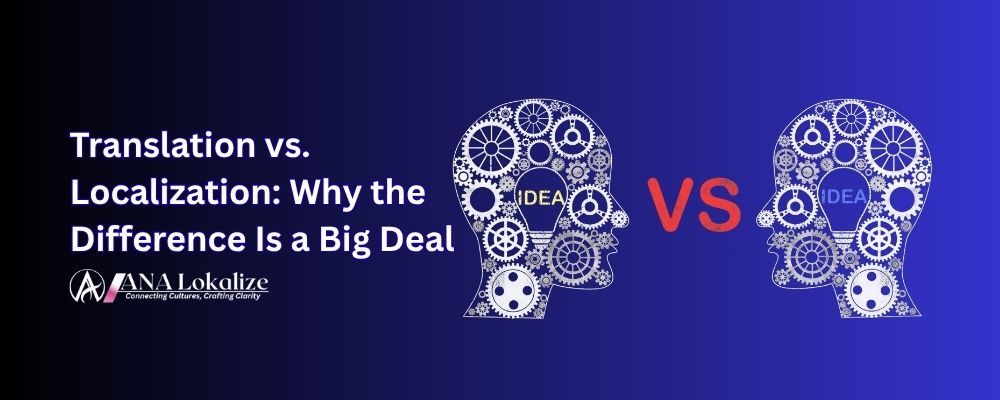The Power of Language in Shaping Cultural Identity

Language carries history across generations. Elders tell stories that teach values and warn of mistakes. Proverbs, songs, and prayers hold lessons about life and nature. When these are passed on in the original language, meaning stays sharp.
Translation can explain the idea, but the rhythm and feeling often fade. The native tongue keeps the depth. Children who grow up hearing these words connect with the past. They feel pride in their roots and understand where they come from.
Language builds community
Shared language unites people. It creates a sense of trust and comfort. People laugh at the same jokes, use the same slang, and share inside meanings. These bonds form part of identity.
Immigrant groups show this clearly. In a new country, they may face pressure to speak only the local tongue. But when they gather, their home language returns. It reminds them of family, food, and tradition. Speaking together strengthens their sense of belonging.
Language shapes thought
Words shape how people see the world. Each language frames ideas in unique ways. Some describe feelings that others cannot name.
For example, the Portuguese word saudade captures a deep, sweet sadness of missing someone. English has no single word for this. In many Indigenous languages, words for land and nature carry spiritual meaning. These ideas affect how speakers relate to their environment.
When a language disappears, so does its way of seeing life. The world loses not just words but also unique thought and culture.
Identity under threat
Global languages now dominate schools, media, and business. English, Spanish, and Mandarin reach across borders. This opens chances but often pushes smaller languages aside.
Children may learn only the dominant tongue at school. Over time, they speak their native language less. Parents may also shift to global languages to help children succeed. Step by step, the old tongue fades.
When this happens, cultural identity weakens. Children grow up with less connection to heritage. Rituals may continue, but without the original words, they lose meaning.
Keeping languages alive
Protecting language is protecting culture. Communities and leaders can act in many ways:
Teach in mother tongue. Early education in the native tongue helps children learn faster and stay proud of identity.
Record oral tradition. Elders can share songs, myths, and chants that are stored in audio and video.
Use language in public. Signs, guides, and documents in the native tongue show respect and keep it relevant.
Support local media. Radio, books, and online content keep language alive in daily life.
Each step sends a message: the language has value and is worth keeping.
The role of translation
Professional translation helps link languages to both tradition and modern life. Translators work in two ways.
From local to global: Stories, poems, and knowledge move into wider languages. This lets outsiders learn and respect a culture. For example, translations of Navajo poetry share unique images of nature with the world.
From global to local: Modern knowledge moves into native tongues. Health advice, schoolbooks, and digital tools reach people in words they know best. This makes the language useful in today’s life, not just in the past.
Both directions strengthen identity. They protect heritage and keep communities connected to modern society.
Technology and preservation
New tools help keep languages alive.
Apps teach daily words and phrases. Young people can learn in fun, simple steps.
Digital archives store rare words, proverbs, and songs. These collections are open to anyone.
Social media gives speakers a space to share memes, jokes, and posts in their tongue.
Voice recording tools capture the sound and tone of elders for future use.
Still, machines cannot replace humans. Automated translations often miss the spirit of sayings or stories. Human translators keep the heart of the message intact.
Working with communities
Preservation only works with community involvement. Elders carry memory. Teachers and young people spread it. Translators record and adapt it. Together, they build pride.
When children see their language in books, apps, or songs, they realize it is valuable. They speak it more, not less. This cycle strengthens both language and identity.
Global recognition
Sharing language outside the community builds respect. When translated songs, books, or films reach new audiences, people notice the culture behind them.
Hawaiian chants and Maori performances, for example, are now known worldwide. This fame encourages local pride. Communities see that their voices matter, not just to them but to the world.
Global recognition gives power. It turns language into a symbol of strength rather than weakness.
Challenges ahead
Keeping languages alive is not easy.
Few schools teach in native tongues.
Many projects lack funding.
Skilled translators for rare languages are hard to find.
Young people may prefer global tongues for jobs and media.
But even small steps matter. Each recorded story, each translated guide, each classroom lesson adds strength. Identity survives in these efforts.
Conclusion
Language is at the heart of cultural identity. It connects generations, builds community, and shapes thought. When languages fade, identity weakens. When they survive, culture thrives.
Protecting language means protecting who we are. Translation, technology, and education all help. But the strongest force is pride. When people see their language as a source of strength, they keep it alive.
The power of language in shaping cultural identity is clear. To protect identity, we must protect language.
Stephane B. Atangana
Professional translation and localization experts with 10 years of experience in helping businesses connect with global audiences.
Search Articles
Related Articles

key to successful corporate communication, AI vs Human translation

Why Getting Translation Right for Different Cultures Matters in Global Business

Translation vs. Localization: Why the Difference Is a Big Deal
Subscribe to Our Newsletter
Get the latest translation insights and industry news delivered to your inbox.
We respect your privacy. Unsubscribe at any time.
